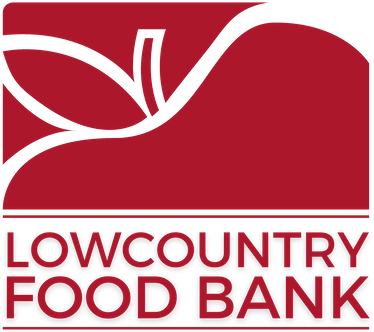Internet access has become an essential component of daily life. It enables us to communicate with friends and family, purchase just about anything, pay bills, attend classes, and apply for everything from jobs to credit and housing. In fact, internet connectivity and digital literacy have been called “super social determinants of health” because they address so many other social determinants of health. Applications for things like employment, housing, and assistance programs like SNAP and WIC – each of which influences an individual’s health – are increasingly, and sometimes exclusively, accessible online. And in the United States, there is a significant digital divide. According to the National Digital Inclusion Alliance, around 36 million households do not have wireless broadband connections. The greatest percentage of these – 54% – are households making less than $25,000 a year, and the gaps exist in both rural and urban areas. In the absence of a broadband plan, individuals may be forced to use limited cell phone data or local public Wi-Fi hotspots, but these options also have limitations, including sharing it among family members and security and privacy concerns.
Digital literacy is another important consideration. Having access to the internet is one thing, but individuals also need to know how to use it to find, understand, evaluate, create, and communicate digital information in a wide variety of formats. Without that knowledge, people may find themselves unable to navigate important online tools, including applying for support like SNAP or WIC.
How can we collectively work to decrease disparities between those who have skills and access to digital tools and those who do not? Digital inclusion is a nationally recognized term that refers to the activities necessary to ensure equitable access to and use of information and communication technologies, including affordable, robust broadband internet service; internet-enabled devices that meet the needs of the user; access to digital literacy training; quality technical support; and applications and online content designed to enable and encourage self-sufficiency, participation and collaboration. What are some ways in which we can promote digital inclusion within our own communities?
About the Lowcountry Food Bank: Feed. Advocate. Empower.
The Lowcountry Food Bank serves the 10 coastal counties of South Carolina and distributed more than 42 million pounds of food in 2023. The Lowcountry Food Bank helps fight hunger by distributing food to nearly 240 partner agencies including on-site meal programs, homeless shelters, and emergency food pantries. The Lowcountry Food Bank advocates on behalf of those who experience hunger and helps empower people to make healthy and nutritious food choices. For more information, visit the Lowcountry Food Bank website.


Recent Comments